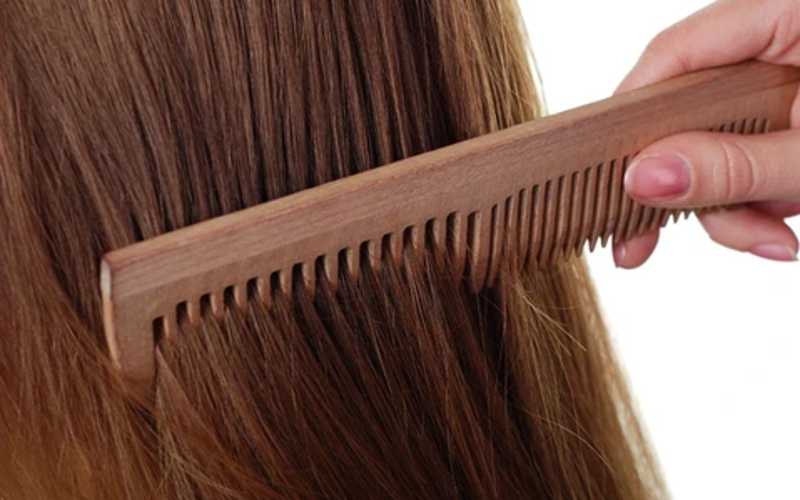ilovemywigs.com is a participant in the Amazon Services LLC Associates Program and other affiliate advertising programs designed to provide a means for us to earn fees by linking to Amazon.com and affiliated sites. Affiliate links may be used on this page and in ilovemywigs.com articles, but they do not impact on the price that you pay and they do help me to get this information to you for free. Read my privacy policy for more information regarding affiliates.
A wig needs to be combed frequently to remove tangles and distribute the natural oils from your scalp down the length of the hair fibers. A tangle can break a wig’s hairs at their points of attachment, causing thinning and bald patches in the wig.
Combing with care will extend the life of your wig and prevent expensive trips to get it restyled or replaced.
The first step is to get clear on how often you should comb, making sure that you are using gentle but thorough strokes that start from ends up towards roots, not just in one spot.
“A wig needs to be brushed or combed about once a day,” says Gianna Maria Commisso, owner of Gianna Hair Studios in Boston, Massachusetts. “It is best to brush/comb the wig when fresh out of the shower and while still slightly damp.”
“Twice a week, wash it with baby shampoo and rinse thoroughly in lukewarm water. Then brush it until it’s completely dry before applying any type of oil,” she adds.
A lot depends on how tangled your hair gets due to your own scalp’s oil production .
If you have oily hair and scalp , you will need to wash it more often than others do. If you are prone to getting tangles, comb it more often.
“Wearing a wig is part of my life,” says Jackie Cosley, owner of Jackie’s Hair Boutique in Albany, New York. “For me, it is important to keep it from breaking at the points where its attachment points are.”
Don’t brush or comb your wig straight out of the shower or sink as this will disturb the water and oil which have just been applied. This can also cause damage to your hairline and root area.
If you can’t leave the wig on for a few hours since it’s wet, just pat dry and then brush/comb extremely gently.
Once hair has dried, it is considered to be “natural” and combing should be done in sections to avoid tangles. Start at the ends of the wig and run your fingers gently through all parts of your hair to get rid of any tangles you may have missed before putting it on.
If you have long or thin strands, brush/comb them first before brushing your wig. The spray bottles that are sold in beauty supply stores work well to help detangle the thickest and frizzy hair from your own head.
“I like to store my wig away when it is not worn,” says Vicki Terzian, owner of Vicki’s Wig Studio in Chicago, Illinois. “To get a comb in those tightly packed areas easily can be difficult.”
Brushing your wig is not only good for the health of your hair, it will make contact with water less likely to ruin the wig by flattening or over-moisturizing it.
Use a Wide Tooth Comb
If you are having trouble detangling, you can try using a wide tooth comb instead of a standard one to get through the knots. Oftentimes, wig heads come with combs as standard. If yours doesn’t have one, try using a bobby pin or toothpick to get at those tight spots. If that doesn’t work, try running them through your hairline at an angle or bending them slightly before brushing/combing from roots up towards ends.
Accessories – Wig Cap Holder
A wig cap holder, is a comb that fits around your hairline to help protect the hair from getting tangle with other items or brushing it while on your head. They can be bought at any beauty supply store.
“It is important to wear your wig snugly,” says Cosley. “I have even used clip-in extensions as a temporary solution when my own hair fell out due to stress.”
Remember, one of the biggest causes of damage to fine, natural-looking wigs is combing it too much when wet. This can cause breakage and shorten its life span so if possible, you should wait until it has completely dried before taking care of it.
If you enjoyed this article you might also like to read about Brushing a Wig

